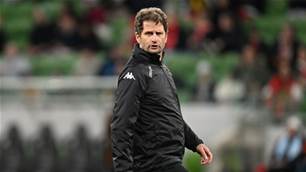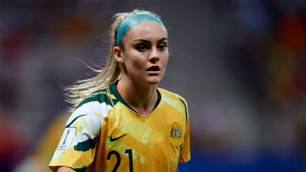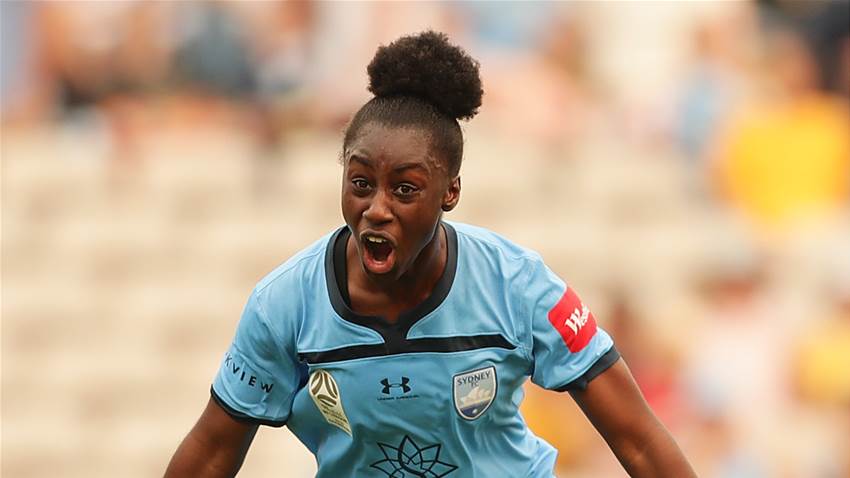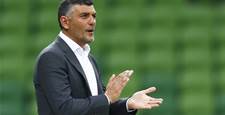The 100th year of women’s football presents a great opportunity for the women’s game to make its mark in Australia.
With the hosting rights for the 2023 World Cup safely in the bag, and a number of our best players featuring in the top leagues in Europe, now is the time to really sell the game to an Australian audience who are begging to fill a massive void that exists in the sporting landscape.
The fight for equality will always be there, but now more than ever, girls and women have the opportunity to enjoy and even make a living out of elite sports.
There is much cynicism that exists in football at the moment with the game's financial plight a major cause for concern. The only way though out of these troubled times is to sell what we have, that is, a women’s game that is only just starting to see its potential.
The best and one of the most highest paid players in the world is Sam Kerr. The Matildas are up there as one of the most popular sporting teams in Australia. FIFA, the games world governing body, has promised $1 billion to invest in women’s football between now and 2022. FFA expects a $460 million benefit from hosting the 2023 World Cup. The Australian government has promised $200 million will be spent on women sport over the next three years.
It’s not just about money, the sporting mood of the nation has undoubtedly been lifted over the past decade as AFLW, cricket’s big bash and indeed the Matildas continue to leave an imprint in the hearts and minds of the sporting public.
The first step before we worry about the 2023 World Cup is getting our premier women’s competition right. The W-League saw some incredible success last season.
Over 879,000 tuned in on TV to watch the league, a 43% jump on the previous year. The exciting thing is the even spread across age groups of fans watching W-League. There were 158,000 under the age of 35, 245,000 between 35-49, 257,000 aged 50-64 (and 219,000 aged 65+. This shows the W-League has something in it for everyone.
And contrary to popular belief, 62% of the TV audience were males!
These statistics underline the smart decision to televise two games, especially one on a Thursday night, and to stream all four games.
Crowds were only 1,500 which was disappointing, but the high TV numbers mean more are watching which in all likelihood would mean bigger crowds going forward.
Much has been made of the fact our best Matildas are overseas, and the risk the W-League will become a development league. This is far from the reality.
Western Sydney Wanderers teenager Courtney Nevin won her clubs Best & Fairest last season despite being in a team full of former Matildas and international stars. This shows the youngsters coming through are quality. The new opportunities that might exist for them could be a breath of fresh air for the W-League.
Plenty of internationals still want to come to Australia. A number of American, Asian and even European stars still have an interest coming down under. With the World Cup on our turf, there is every opportunity that foreign stars may want to come here to acclimatise. FFA and the government need to ensure funds are kept to help attract these players. Money is tight now but plenty of sponsors who may wish to jump on the 2023 bandwagon exist. It’s about tapping them up correctly and building a strong relationship.
Most importantly don’t forget the fans! Ensure W-League players keep going to schools, hospitals and local clubs. They already do but we need more. Engage the fans and build tribalism. Fans need to know who their local women’s club is and need to be able to connect. That heartfelt link is crucial as that is the fundamental basis for the passion that drives sport.
Let’s use the centenary year and indeed the next three years to drive the game.
Related Articles

'Timing not right': Montemurro's verdict on Matildas vacancy

Matildas: 'Fourth at the Olympics is honestly the worst place you could come'
.jpg&h=172&w=306&c=1&s=1)












